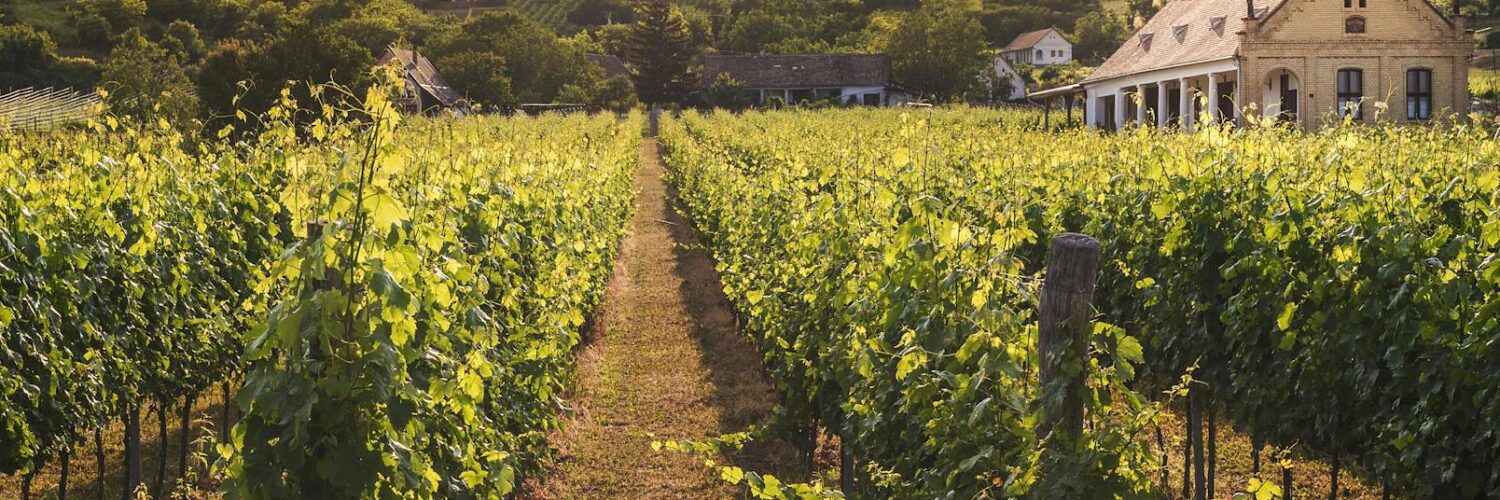When you think of sustainability, what runs through your mind?
Was it a house in the middle of a green field or a vegetable from a community garden? If so, you may have fallen prey to some of the most common sustainability myths perpetuated by the media and corporations that want to sell you stuff.
In this article, we will try to break some of these sustainability myths and tell you the reality behind them.
Living Off the Grid is the Ultimate Sustainable Life
This is the most common myth that new sustainability enthusiasts fall prey to.
It’s easy to see why. The picture of a home in the countryside with miles of open ground is the ideal poster of a sustainable lifestyle.
However, when you look at the broader picture and think critically, it’s clear that a single house taking up several acres of land is less sustainable compared to building an apartment complex occupying less than half the space and serving 10 times more people.
According to Environment Research Letters, urban environments perform better than their rural counterparts in sustainability.
Moreover, if you are still not convinced, think about the transportation-related emissions. Public transit in rural areas is less developed and infrequent leading to a higher need for driving around contributing a greater carbon footprint compared to a city with well-connected transit systems.
However, that doesn’t mean you give up on your dream of a fulfilled retired life in the countryside. With some planning and use of green technologies like installing solar panels, growing your food, and following a minimalist lifestyle you can drastically reduce your carbon footprint.
In fact, you can make your home completely self-sufficient and eliminate excess trips to the city like the couple shown in the video below.
But you should keep in mind that living off the grid will have some carbon footprint from battery-powered energy sources in the long run. So remember that when making your decision.
Living in Urban Spaces is not Eco-friendly
Concrete jungles and urban metropolises are considered far removed from sustainable lifestyles in contrast to rural areas with their proximity to nature.
While this view is true to some extent, it’s not the complete truth. Denser urban areas are considered more sustainable than the sparsely populated ones. This is due to the efficient use of the available land and the reduced need for personal transportation.
The concept of 15-minute cities implemented by some European cities like Barcelona is a shining example of this. This concept encourages the creation of urban spaces where all the facilities required by an individual are within a 15-minute walk from their residence. It is nicely illustrated in this image from WEF.
However, small apartments in larger buildings with means of public transport right at the doorsteps can be environmentally friendly. Still, when looked at from a human perspective, this development is far from ideal.
Growing Your Food is Always More Sustainable
Okay, now this one is a controversial opinion but it’s a nuanced take so hear me out.
The general thought process is that growing food in community gardens is less damaging to the environment compared to conventional agriculture methods.
However, a recent study published in science journal Nature proves this notion to be false. According to the article the carbon emitted by urban community gardens is six times more than traditional agriculture. Shocking, isn’t it?
This emission is mostly due to the use of plastic and synthetic fertilizers. But this doesn’t mean that you should stop growing your vegetables. There are still many ways you can successfully grow your produce and reduce the climate impact of urban farming.
Keep in mind that while urban gardens don’t have the lowest environmental impact they are still important in fostering a sense of community based on sustainability.
You Have To Buy Green Products To Be Sustainable
Brands that champion sustainability will have you believe that buying their product is the only way to help the environment; anything else will doom the planet. Is the product useful? Yes, sometimes. But is it the be-all and end-all of sustainability? Definitely not!
By thinking that products labeled, ‘Green’, ‘Organic’, etc, are true, is the biggest sustainability myth we often fall prey to.
True sustainability is not about buying specialized products that are overpriced or requires a lot of effort. Sustainability can be as simple as reducing your meat consumption by just a day.
By taking a more personal and practical approach to sustainability over the greenwashing tactics you give yourself more freedom of choice and take power back from brands that falsely advertise sustainability while their actions prove to be the complete opposite.

Finding the Middle Ground
We talked about many sustainable solutions to issues. But are they all the best solutions in every aspect? Some of you may agree. But when you think about it a bit more, doing the best thing for the environment may end up not being the best choice for human growth.
With this discussion, we wanted to highlight that balancing the best environmental and human interests is important when coming up with solutions for pressing environmental issues.
Below are some ways by which we can attempt to find a middle ground on sustainability issues.
Bringing Nature to the City: While this measure is mostly in the hands of urban planners who should prioritize land use that supports density while leaving room for green spaces. Then it is upto you and we to be a part of it by taking time to visit green spaces in our respective cities.
Understanding True Sustainability: True sustainability is not just about reducing the carbon footprint but rather creating an environment where humans can thrive without harming the environment.
Learning from examples: So creating walkable cities with well-developed transit systems along with green spaces for relaxation can be an excellent middle ground. Singapore put this idea into practice with their “City in a Garden” approach where they increase green space by creating vertical gardens and green roofs.
This highlights that true sustainability can be achieved with a bit of planning and personal efforts.
Wrapping Up
To wrap things up, it’s clear that many common sustainability myths aren’t as true as they seem. Whether it’s the idea that living in the countryside is always better for the environment or that cities are bad for sustainability, these ideas miss important details.
By questioning these common sustainability myths and thinking more carefully, we can find better ways to live that are good for both people and the planet.
In the end, sustainability is about finding the right balance that helps everyone thrive.
The article is contributed by Turab.
Turab blends his expertise in home improvement with a deep passion for environmental science. He writes with a focus on sustainability and blue-green innovations, striving to make the world a better place. When not at his desk, he enjoys a good book and a well-earned nap.






Add comment